About the Author
Ian and Krysia Brodie have worked together on several walking books including Walking from Garstang (now in its fourth edition). Their other walking guides include one to part of the Lancashire Coastal Path, the Cistercian Way, and other books covering the south Lakeland and Duddon areas. They frequently walk along the coast as well as amongst the fells and wider landscapes of northern England.
Ian Brodie is the former Director of Friends of the Lake District where he has been involved in landscape and amenity campaign work for over a decade. Ian and Krysia are active workers in the access and rights of way movement.
THE CUMBRIA COASTAL WAY
by
Ian and Krysia Brodie

2 POLICE SQUARE, MILNTHORPE, CUMBRIA LA7 7PY
www.cicerone.co.uk
First edition published by Cicerone Press 2007
ISBN-13: 978-1-85284-430-1
Ian and Krysia Brodie 2007
Originally published by Ellenbank Press, 1994
ISBN 1-873551-10-X
A catalogue record for this book is available from the British Library.
Photographs by the authors.
 This product includes mapping data licensed from Ordnance Survey with the permission of the Controller of Her Majestys Stationery Office Crown copyright 2002. All rights reserved.
This product includes mapping data licensed from Ordnance Survey with the permission of the Controller of Her Majestys Stationery Office Crown copyright 2002. All rights reserved.
Licence number PU100012932
Acknowledgements
Thanks go to all those who helped to establish and maintain the route, and who have continued to support the Cumbria Coastal Way.
Advice to Readers
Readers are advised that while every effort is taken by the author to ensure the accuracy of this guidebook, changes can occur which may affect the contents. It is advisable to check locally on transport, accommodation, shops, etc, but even rights of way can be altered. Paths can be affected by forestry work, landslip or changes of ownership.
The author would welcome information on any updates and changes sent through the publishers.
CONTENTS
INTRODUCTION
A coastline can be compared to a string of pearls where there is a continual dynamic interplay between land and sea, between coastal destruction and creation, between erosion and deposition, and between the frequently conflicting demands of people and nature. Nowhere is this more evident than on the Cumbrian coast. From Morecambe Bay to the Solway two of Englands great estuaries this coastline has been shaped by the interaction of nature and economy; yet it retains much elemental beauty.
Edwin Waugh, writing in 1861 in Seaside, Lakes and Mountains of Cumbria, said:
Of all the English lake scenery no part lies less well known than that which skirts the sea, from the ruins of Peel in Furness to Whitehaven in Cumberland: and there is none which deserves less neglect. Shut out on the east by Englands wildest mountains and on the west by the Irish Channel... this tract of country possesses interesting relics of every race which has left its name in our history.
Waughs comments are as valid today as in the 19th century.
The Cumbria Coastal Way route was officially opened in the early 1990s. The concept of a link with other regional coastal paths to create a North West Coastal Trail from Chester to Carlisle (or, put another way, virtually from Wales to Scotland) is under active consideration, along with the possibility for increased coastal access.
The Cumbria Coastal Way is 298km/182 miles long and is not aimed specifically at the long-distance walker, although it can be accomplished as a single journey of 1014 days. The walk is suitable for all abilities and can be undertaken in day or weekend sections. Much of the routefinding is easy but, that said, some sections need care underfoot and careful planning where the tides may affect the route. The route rarely climbs higher than 100m above sea level and has been designed to link with public transport. Because of the prevailing winds the route is described from south to north, and whilst May to October is a good season for walking the Cumbria Coastal Way can be enjoyed at any time of year.
Normal walking equipment is advised but there are some sections, such as those along the beach, where less strong footwear may be appropriate. The book describes the walks in sections; Appendix I has contacts for Tourist Information Centres where details of accommodation and services can be found.
The Cumbria Coastal Way caters for young and old, ramblers and amblers, loners and groups, photographers, historians, industrial archaeologists, wildlife watchers and conservationists. It appeals to local residents and to visitors alike. The views towards the Lake District fells, to the Isle of Man and to the hills of Scotland add extra interest.
THE WALK
The walk is described in five main sections:
Section I Morecambe Bay
This is a major gem of the northwest coastline in terms of history, natural history and scenery. There are superb backdrops of the fells of the Lake District and Forest of Bowland. The bay is ringed with nature conservation sites of European and national importance, and these are linked with nationally designated landscape (ArnsideSilverdale Area of Outstanding Natural Beauty) and imposing houses and gardens at Levens Hall and Holker Hall.
Section II The Duddon Estuary
The route encircles one of Englands most secret estuaries. It passes through the market town of Broughton-in-Furness and then Millom, home and birthplace of the celebrated poet Norman Nicholson. The estuary is overshadowed by as is most of the southern part of the route the great mound of Black Combe. An ascent of this peak for its extensive views is easily achieved from the Coastal Way.
 Looking towards Arnside Point from Silverdale (Stage 1)
Looking towards Arnside Point from Silverdale (Stage 1) Looking into Lower Eskdale from the bridge over the Esk (Stage 6)
Looking into Lower Eskdale from the bridge over the Esk (Stage 6)Section III The Lake District Coast
This quiet coast forms the southwestern fringes of the Lake District National Park and is noted for its wildlife and prehistoric sites. Inland lie the dales and fells whose waters gather to enter the sea via the triple estuary at Ravenglass, from where Romans once supplied their legions. Waters from Englands highest fells and deepest lake emerge on this coast. The narrow gauge steam railway winds its way up into Eskdale. The house and gardens at Muncaster Castle are justly renowned.
Section IV The West Cumbria Coast
From Seascale to Maryport green spaces intermingle with industrial towns and complexes whose history frequently placed them at the heart of the development of industrial technology. The historic towns of Whitehaven, Workington and Maryport all possess some superb architecture and are close to sites, such as St Bees Heads, where nature is profligate. Along this stretch of the walk the striking interface of economic development and natural beauty is at its most dynamic.

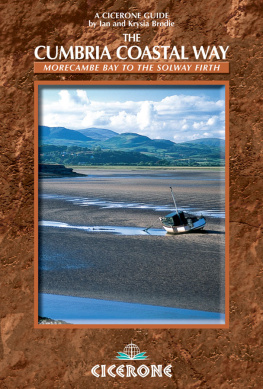



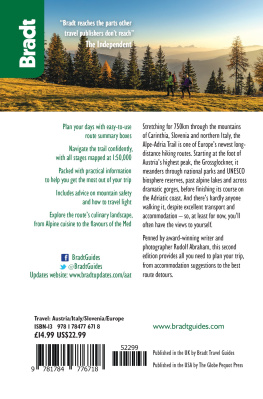
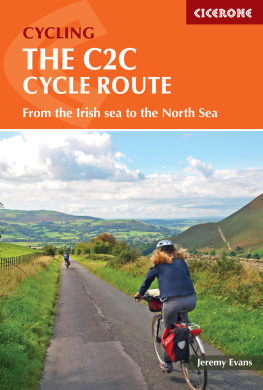
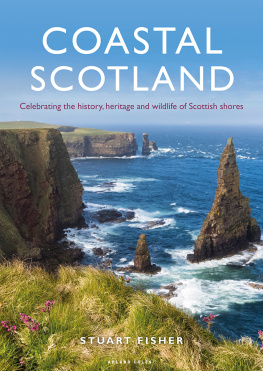
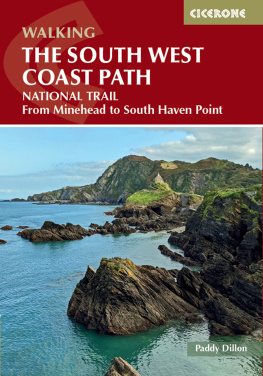
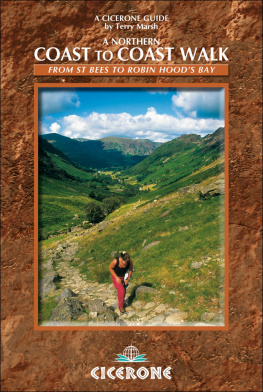

![California Coastal Commission - California Coastal Access Guide [Lingua Inglese]](/uploads/posts/book/157220/thumbs/california-coastal-commission-california-coastal.jpg)
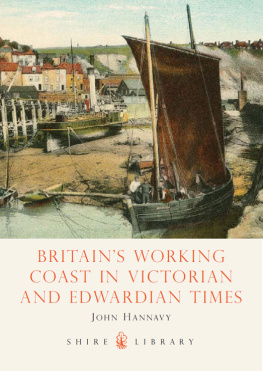


 This product includes mapping data licensed from Ordnance Survey with the permission of the Controller of Her Majestys Stationery Office Crown copyright 2002. All rights reserved.
This product includes mapping data licensed from Ordnance Survey with the permission of the Controller of Her Majestys Stationery Office Crown copyright 2002. All rights reserved.


